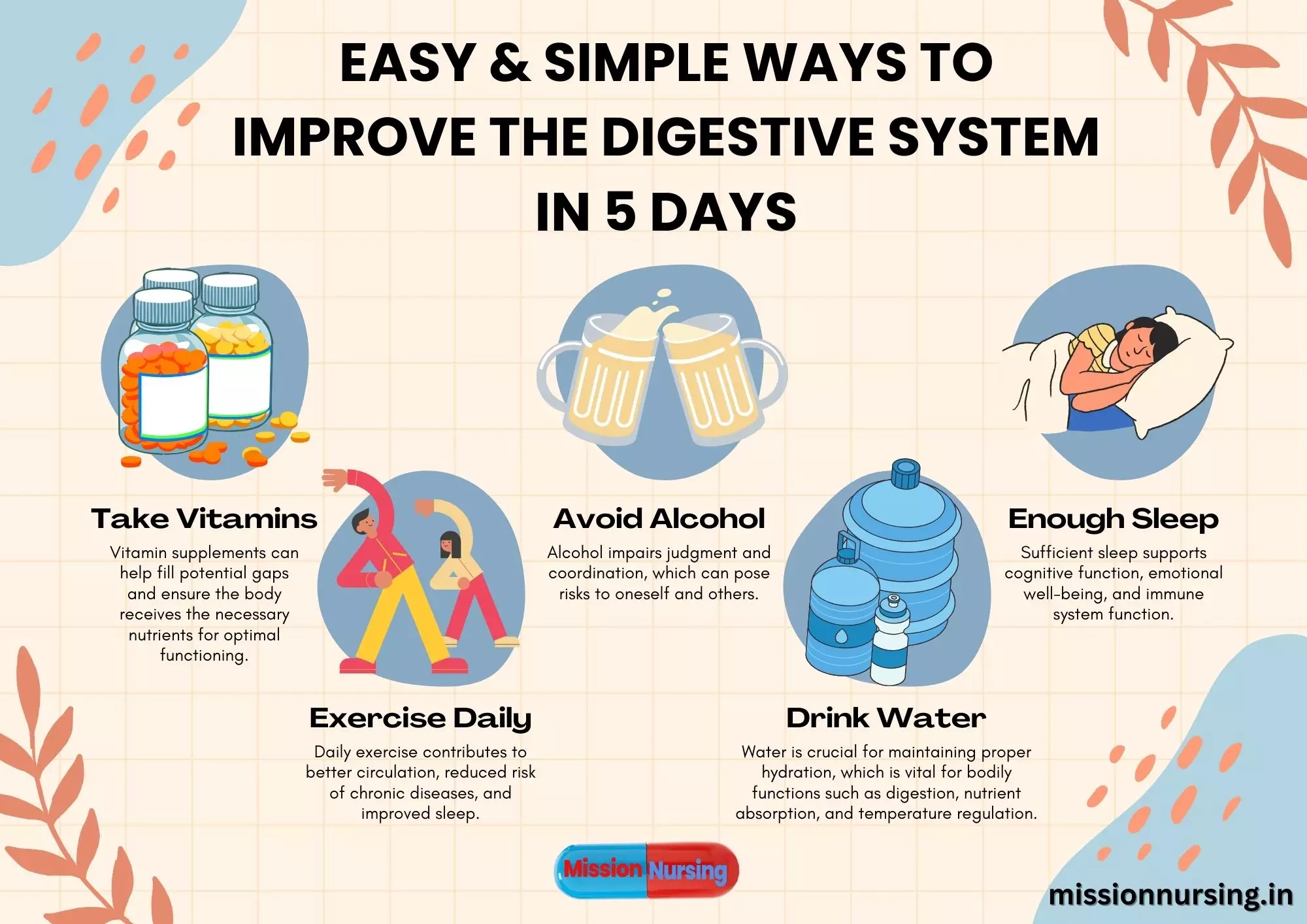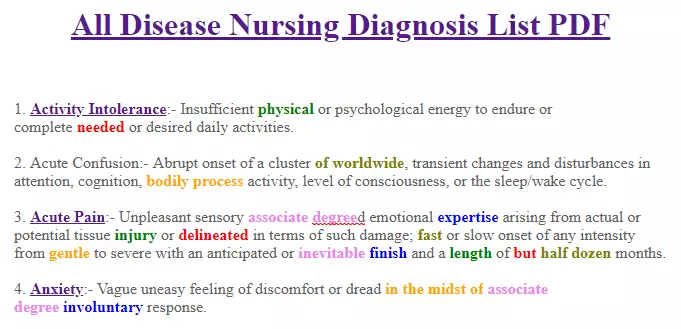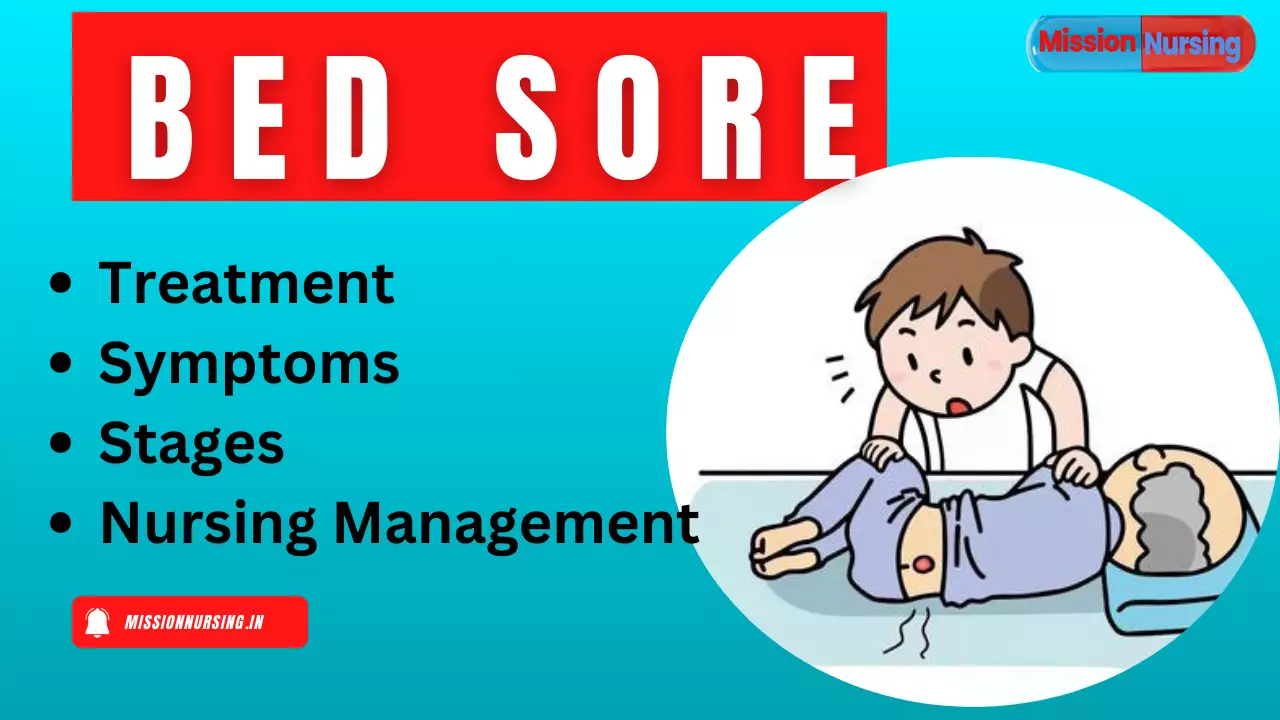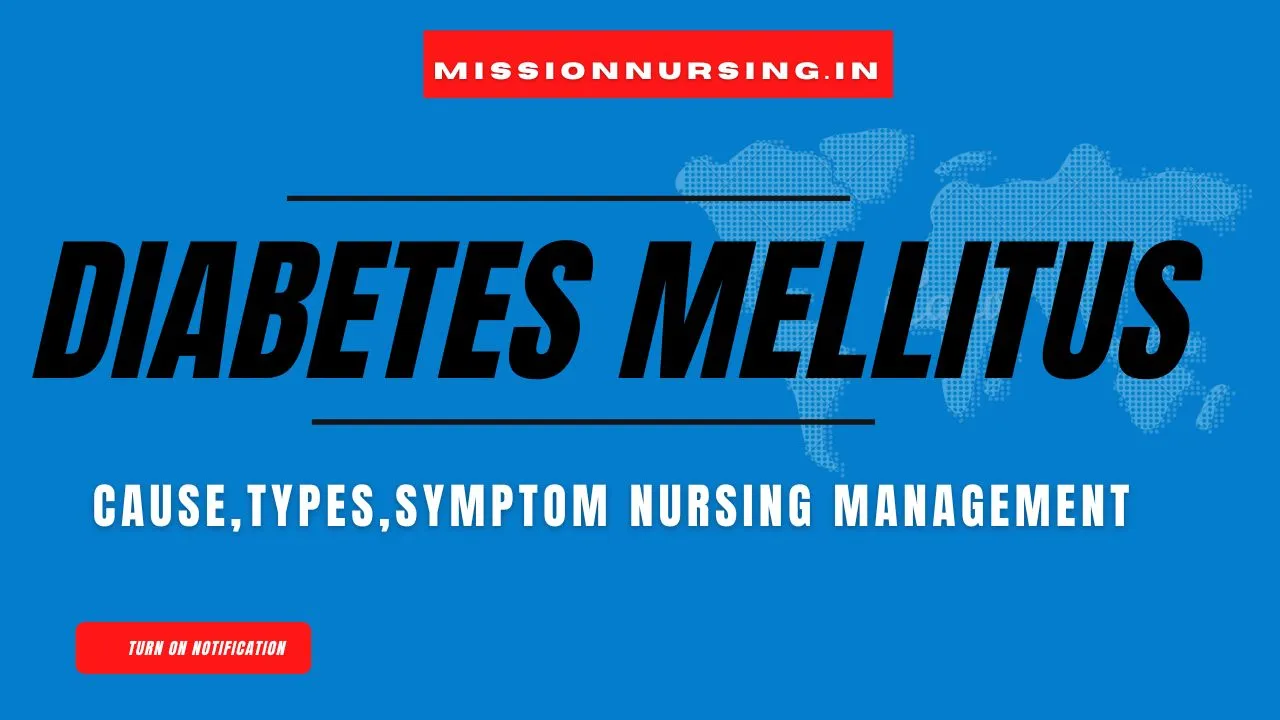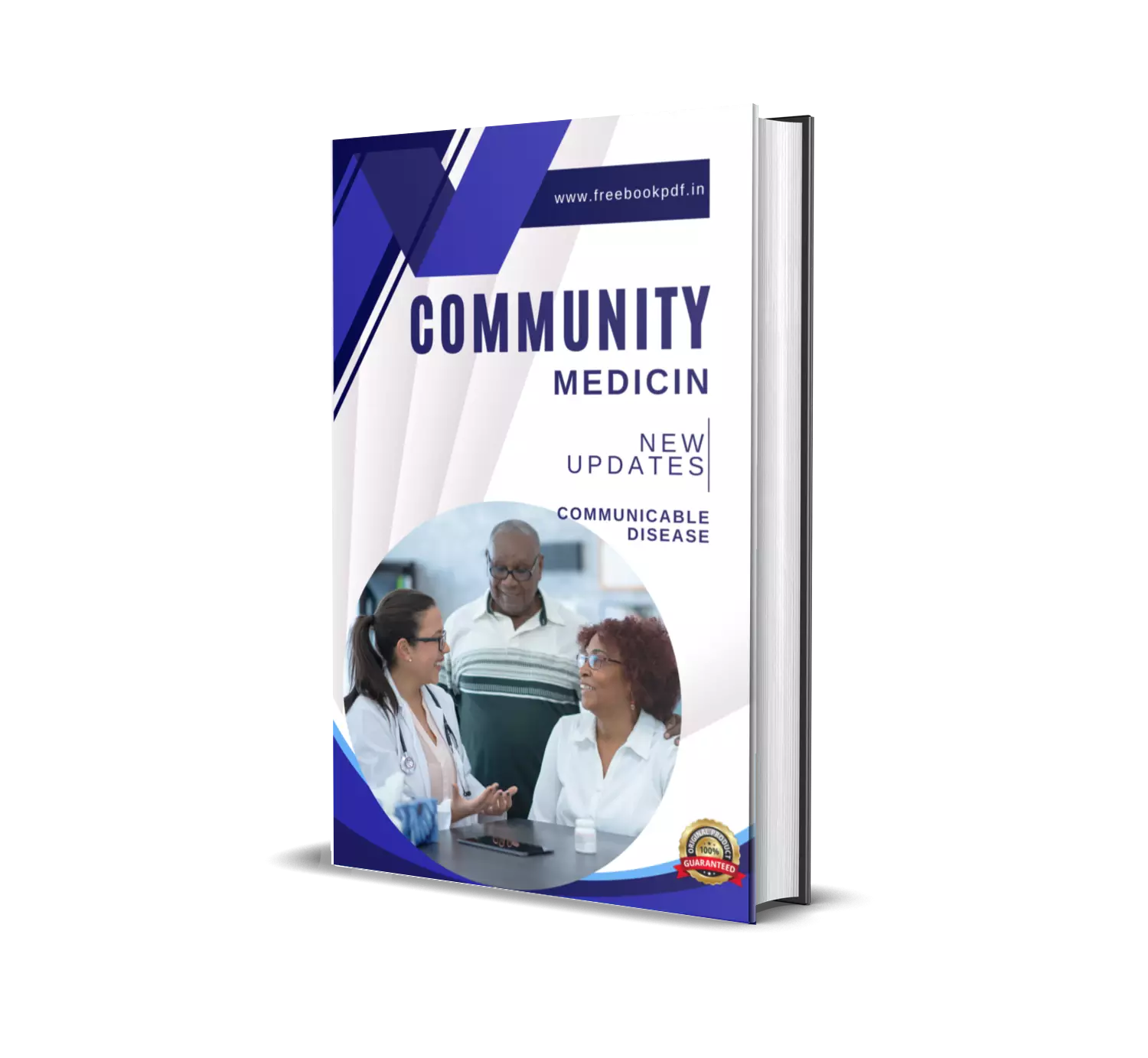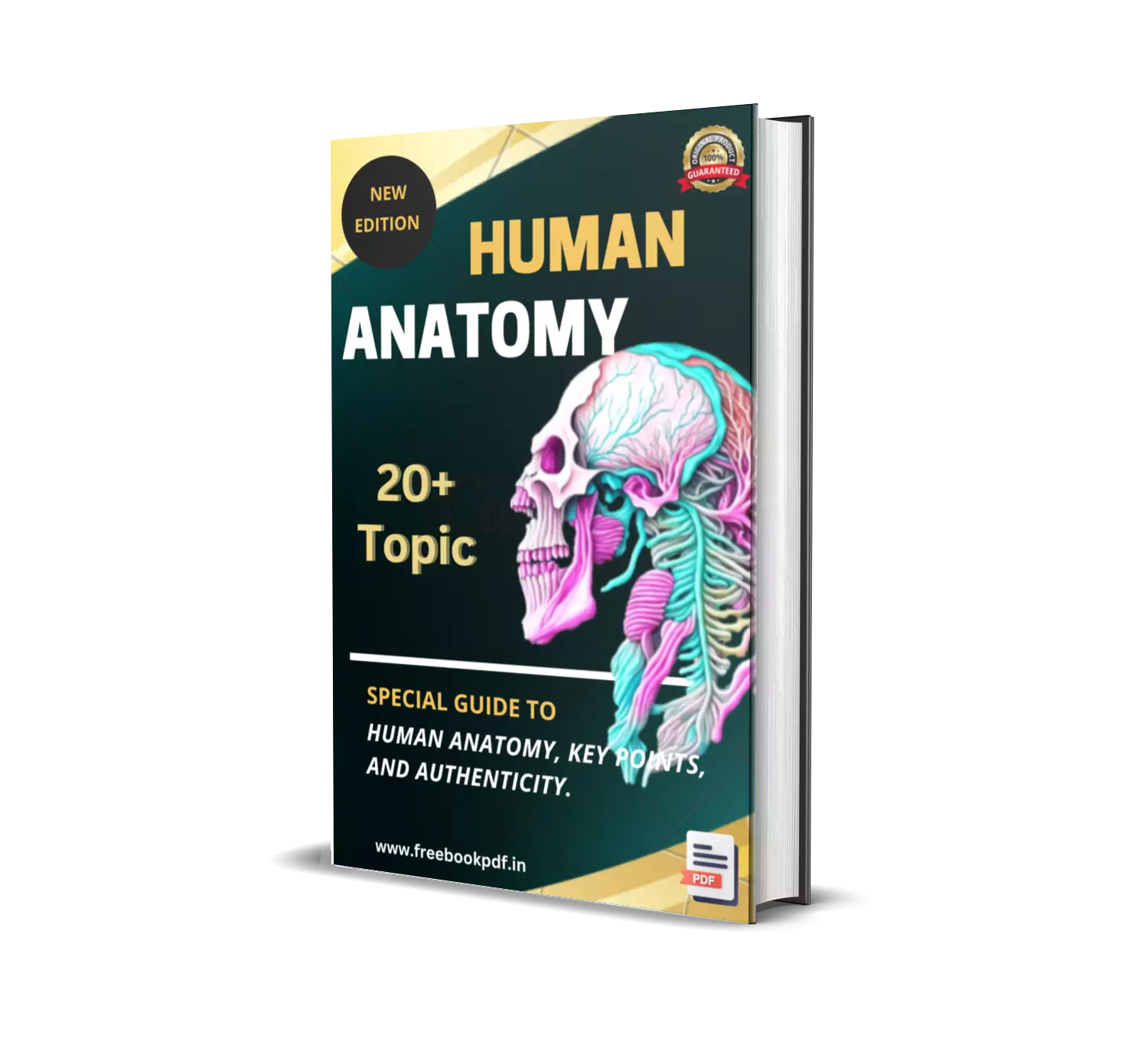Definition of Fracture
What is a fracture?
- Fracture is defined as breaking the continuity of bones due to excessive pressure on bones.
- Fracture is characterized by the separation of bone into two or more pieces resulting from direct or indirect force.
Causes of Fracture
- Accident
- Fall from a height
- Direct and indirect blow
- Domestic and occupational injury
- Sports injury
- Repetitive force
- Pathology condition and malnutrition
- Prolonged stress
- Aging process.
Types of Fractures
-
Open fracture
- Open fracture is also called compound and complex fracture.
- Open fracture includes open skin bound.
- In open fracture, the bone comes out of the skin.
-
Close fracture
- Closed fracture also called simple fracture.
- Closed fracture does not involve break skin.
- In a closed fracture, bone breaks but does not come out of the skin.
-
Complete Fracture –
- Complete bone fracture includes the complete break of the bone into two divided parts.
-
Incomplete Fracture
- Incomplete bone fracture also called greenstick fracture.
- In these fractures, bon breaks but incompletely.
-
Impacted Fracture
- In the impacted fracture, the bone breaks and penetrates into each other.
-
Pathologic Fracture
- Pathological fractures occur due to any bone disease and inflammation.
Eg. – Osteoporosis.
Pattern of Fracture
- Transverse fracture – fracture straight across the bone.
- Oblique fracture – fracture at an angle across the bone.
- Greenstick fracture – The Bone breaks from one side and bent to the other side.
- Spiral fracture – Twists around the shaft of bone.
Clinical Manifestation –
- Acute pain
- Tenderness, swelling
- Hematoma
- Loss of function
- Swelling and bruising
- Short extremities
- Bleeding from an open wound
- Ecchymosis
- Numbness
- Crepitation ( abnormal mobility )
- Injured blood vessels
- Localized edema.
Diagnostic Examination of Fracture
- History collection and physical examination.
- Bone x-ray.
- CT scan and MRI.
Medical Management of Fracture
- Monitor patient ABC (Airway, Breathing and Circulation).
- Administer analgesic and TT injection.
- Assess fracture type and bleeding intensity.
- Immobilize the patient.
- Apply Ice to reduce pain and swelling.
- Administer oxygen and IV line.
- Pressure bandage applied to prevent bleeding.
- Fracture Management procedure –
- Reduction
- Fixation
- Traction
- Cast application.
-
Reduction
- Reduction is done to make fracture bone in the appropriate alignment.
- Reduction is the first stage of the healing process.
- Reduction process helps to reduce the space between fracture bones.
- Reduction helps to keep the bone straight.
- Reduction divided into –
- Open reduction
- Closed reduction.
- In open reduction, exposing the skin inside and break bone arrange in proper alignment.
- In closed reduction, the bone is pulled and brought into the natural alignment.
-
Fiction
- Fixation helps to fix reduction and fix in proper alignment.
- Fixation divided into internal fixation and external fixation.
- Internal fixation is performed by exposing the skin by – screw, plates, wires, pins and roads.
- External fixation fixes the alignment from outside with the help of a frame.
-
Traction
- Traction applies the pulling force on the break bone so that the break bone returns into its normal alignment.
- Traction –
- Skin traction ( pulling force on skin )
- Skeletal traction (pulling force on bone).
- Indication of traction – maintain proper alignment
- Reduce spasm
- Reduce pain
- Reduce neurological injury.
4. Cast application for fracture
- Cast is a material that hardens by drying and provides support to fracture bones.
- The most cast applied on the fracture part which becomes hard after drying and keeps the alignment for a long time.
-
Two type cast is –
- POP ( plaster of Paris )
- Synthetic fibre glass
- POP takes 48 to 72 hours to dry and synthetic fibre glass takes 20 – 30 minute to dry.
Nursing Management of fracture
- Nurse monitors the patient’s Airway, breathing, circulation (ABC) and vital signs.
- Monitor type of fracture, site and intensity of pain.
- Assess bleeding and apply pressure bandages to prevent bleeding.
- Assess level of consciousness by Glasgow Coma scale.
- Administer oxygen therapy and IV therapy.
- Nurses maintain patients in immobilization positions.
- Provide all emergency treatment and prescribed medication.
- Conduct radiological procedure to identify fracture.
- Nurses conduct reduction procedures and maintain fracture bones into natural alignment.
- Nurses apply traction, to prevent immobilization of the fracture part.
- Nurse monitors the traction site and applies normal dressing.
- In traction, required weight apply and traction must not touch the ground.
- Nurses apply moist cast on fracture areas to maintain fix alignment.
- Fracture part after cast application, elevated to reduce swelling.
- Nurses use only a cool mode of air dryer to dry the cast.
- Nurses observe any complication of fracture.
- Provided psychological and emotional support.
- Provide health education during discharge planning.
- Provide rehabilitation programs.
- Education about crutch walking.
Complication of Fracture
- Compartment syndrome
- Fat embolism
- Infection
- Osteomyelitis
- Pulmonary embolism
- Loss of muscle strength
- Muscles atrophy
- Fat embolism is the most common complication of fracture.
- In the condition of fat embolism, fat is released from the fractured part and goes into circulation.
- Fat embolism converts into pulmonary embolism and causes life-threatening conditions.
- Compartment syndrome is a painful and dangerous condition due to build-up pressure from internal bleeding and swelling.
- Generally, compartment syndrome is associated with closed fractures.
- Osteomyelitis is a disorder of bone and muscles characterized by an infection in the bone and muscles
- Muscle atrophy is a muscle wasting disorder that causes loss of muscle tissue.
FAQ.
Break the continuity of bone
Fracture
What is the most common cause of fracture?
Motor Vehicle accidents.
What is Another name for a compound fracture?
Open Fracture.
Another name of close fracture
Simple Fracture.
Fracture divides the bone into two sections
Complete Fracture.
Which fracture includes, the bone that comes out of the skin
Open Fracture.
Common fracture found in the children?
Greenstick Fracture.
Incomplete Fracture.
Greenstick fracture is also known as
Incomplete Fracture.
A fracture occurs due to osteoporosis disease
Pathological Fracture
Menopause women cause fractures due to
Osteoporosis Disorder.
Which Fracture bone breaks from one side and is bent to another side?
Greenstick Fracture.
What is the most common complication of fracture?
Fat Embolism.
What is the life-threatening complication of a fracture
Pulmonary Embolism.
Which diagnostic procedure helps to identify close fractures?
x-ray.
How to Reduce Fracture site swelling?
Ice Application.
What is the first stage of the healing process in Fracture?
Reduction Procedure.
How to Apply pulling force to maintain normal bone alignment?
Traction.
Most Commonly usable cast at the fracture site in the hospital?
POP (Plaster of Paris)
What Normal duration, POP takes to dry?
48 – 72 hours.
Muscle wasting disorder is
Muscles atrophy.








